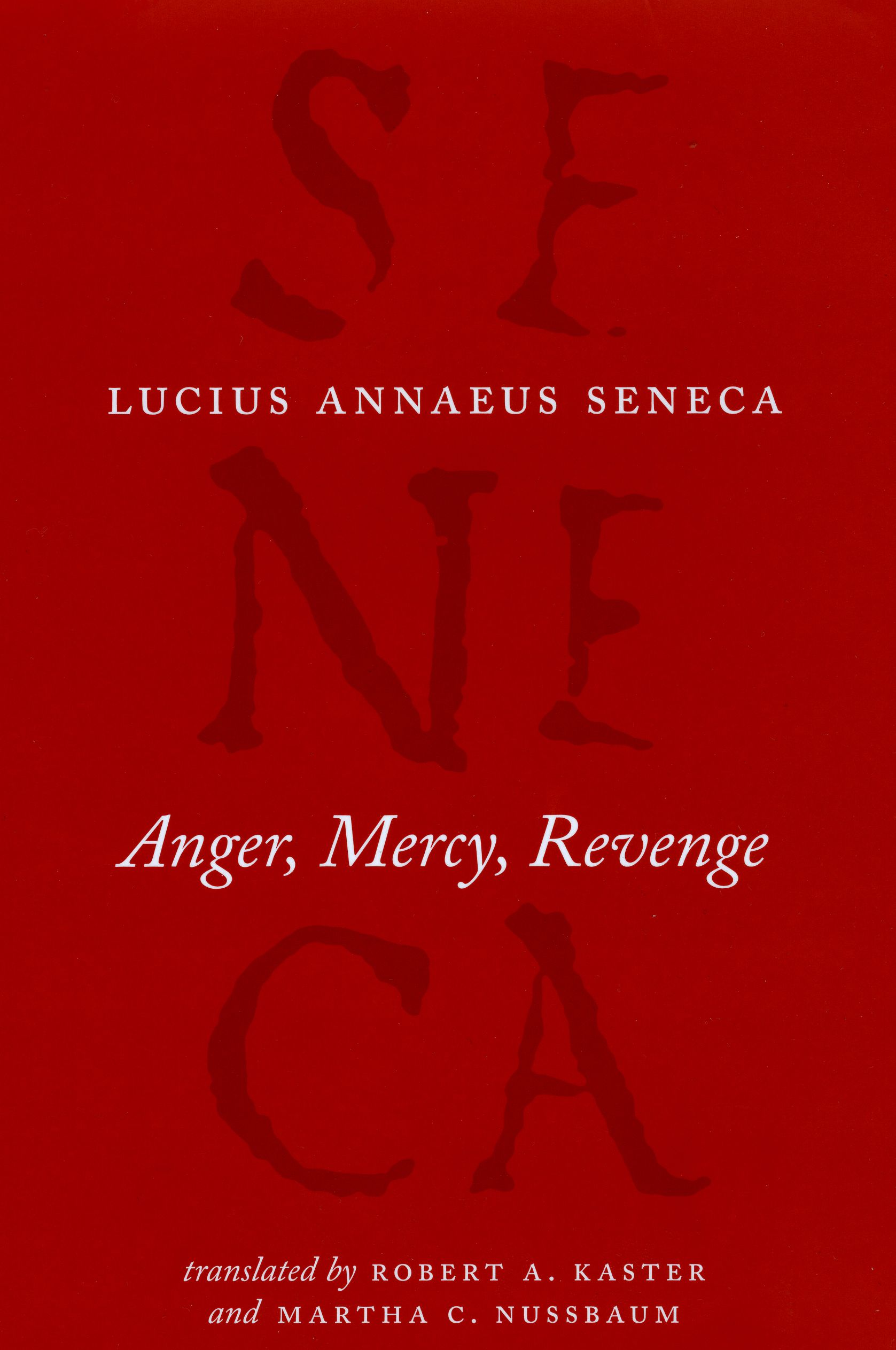Of Memorials and Mistrials
Fresh on the heels of the White House, the National Park Service announced this morning that Laura Bush and Michelle Obama will join together to commemorate the ninth anniversary of the September 11th terrorist attacks at a memorial service in Shanksville, Pennsylvania—site of the United Flight 93 crash. The service will mark the first meeting of the two women since their informal tea at the White House during the Bush-Obama transition and will include them among the million plus visitors who have made a pilgrimage to the temporary memorial dedicated to the flight and its victims.
 American studies professor Erika Doss examines the often spontaneous offerings that materialize at sites of tragic and traumatic death, like this one—as well as the powerful public feelings of loss and the politics of representation that often accompany them—in the recently published Memorial Mania: Public Feeling in America. The United 93 memorial site, which was moved across the street from its original location alongside the crash field in 2008, has been widely documented on the web, spawning sites that have become their own mini-memorials, dedicated to archiving the religious items, hand painted rocks, hat collections, flowers, memorial wall, and 40-foot chain fence that dot the surrounding area.
American studies professor Erika Doss examines the often spontaneous offerings that materialize at sites of tragic and traumatic death, like this one—as well as the powerful public feelings of loss and the politics of representation that often accompany them—in the recently published Memorial Mania: Public Feeling in America. The United 93 memorial site, which was moved across the street from its original location alongside the crash field in 2008, has been widely documented on the web, spawning sites that have become their own mini-memorials, dedicated to archiving the religious items, hand painted rocks, hat collections, flowers, memorial wall, and 40-foot chain fence that dot the surrounding area.
In her detailed exploration of memorial culture, Doss considers how the fixed and unyielding qualities of permanent terrorism memorials (often cast in granite, marble, and bronze) contrast the senses of disruption and loss these events often indicate in our own lives, while still echoing the experientiality and radical transformation of minimalist art. Shanksville’s own permanent memorial is due to be completed by the end of next year—in time to mark the tenth anniversary of September 11th. And though often engaged with loss, recent news reports like those about the 33 Chilean miners trapped underground, encourage us to remember these sites also spring up as vigils to the living, as evidenced by the gathering of family members, photographs, flowers, and personal items near the mine entrance in San Jose.
 And on a lighter note, what else engages the cultural, social, and political conditions behind today’s urgent feelings about history and memory—and our frenzied obsession with commemoration? Could it be Rod Blagojevich’s hair? In a fevered column in today’s Chicago Sun-Times, Neil Steinberg tears through a summertime read of Seneca’s “On the Shortness of Life” and summarizes the former governor with this pithy, two-thousand year-old line: “Who of these would not rather have the state disordered than his hair?” Indeed. For fresh translations of “Shortness” and other gems from the Stoic philosopher, stay tuned to new releases from our series, the Complete Works of Lucius Annaeus Seneca. Edited by renowned classicists Elizabeth Asmis, Shadi Bartsch, and Martha C. Nussbaum, the series seeks to restore Seneca to his rightful place among those classical writers most studied in the humanities. Blago might spend his downtime awaiting next year’s retrial taking a page from the series’ most recent release, Anger, Mercy, Revenge.
And on a lighter note, what else engages the cultural, social, and political conditions behind today’s urgent feelings about history and memory—and our frenzied obsession with commemoration? Could it be Rod Blagojevich’s hair? In a fevered column in today’s Chicago Sun-Times, Neil Steinberg tears through a summertime read of Seneca’s “On the Shortness of Life” and summarizes the former governor with this pithy, two-thousand year-old line: “Who of these would not rather have the state disordered than his hair?” Indeed. For fresh translations of “Shortness” and other gems from the Stoic philosopher, stay tuned to new releases from our series, the Complete Works of Lucius Annaeus Seneca. Edited by renowned classicists Elizabeth Asmis, Shadi Bartsch, and Martha C. Nussbaum, the series seeks to restore Seneca to his rightful place among those classical writers most studied in the humanities. Blago might spend his downtime awaiting next year’s retrial taking a page from the series’ most recent release, Anger, Mercy, Revenge.